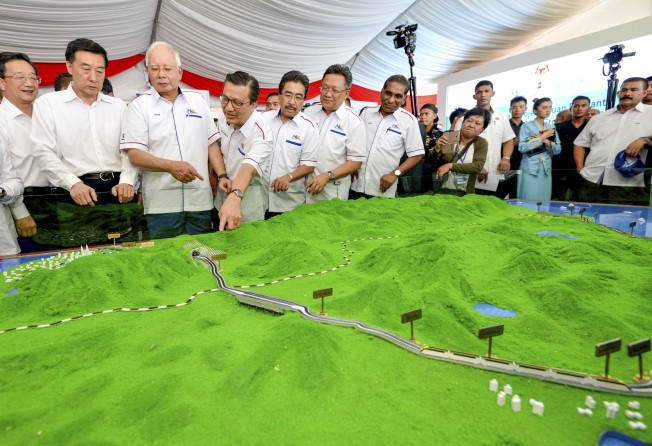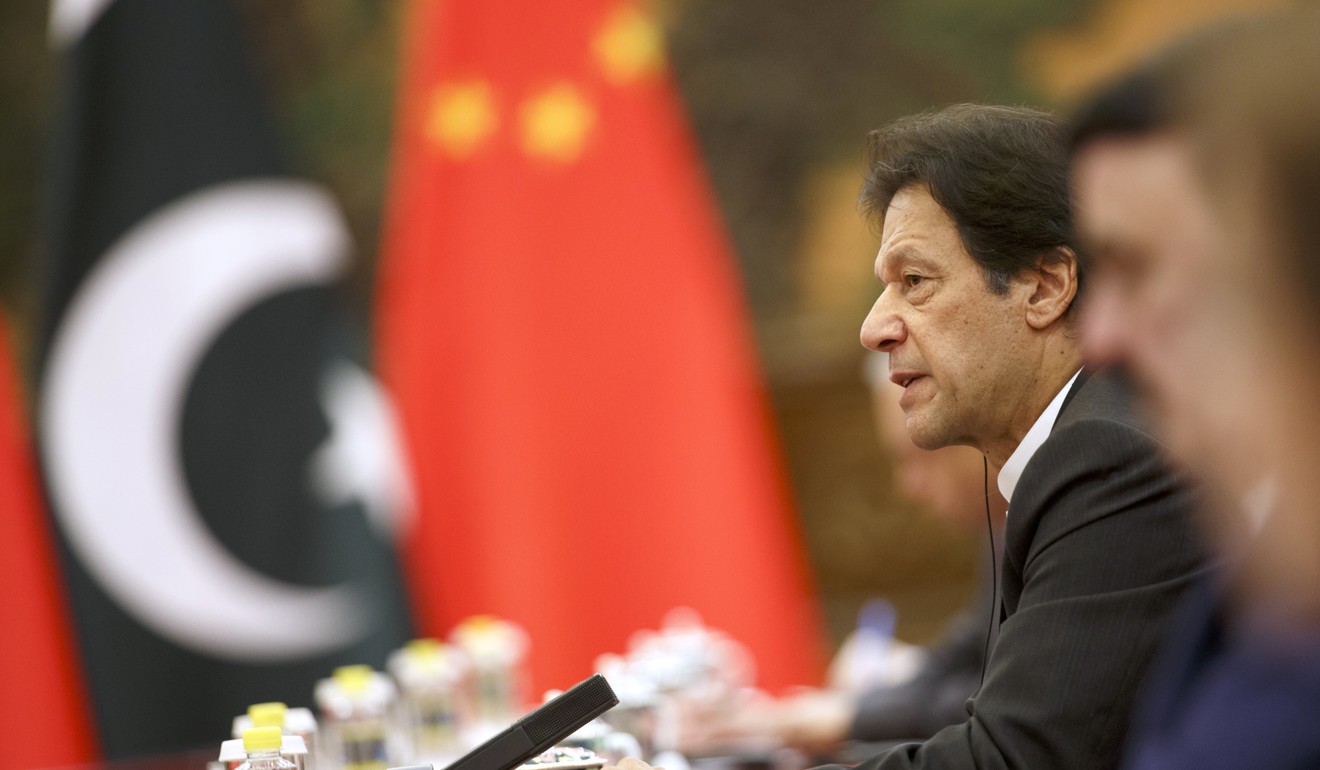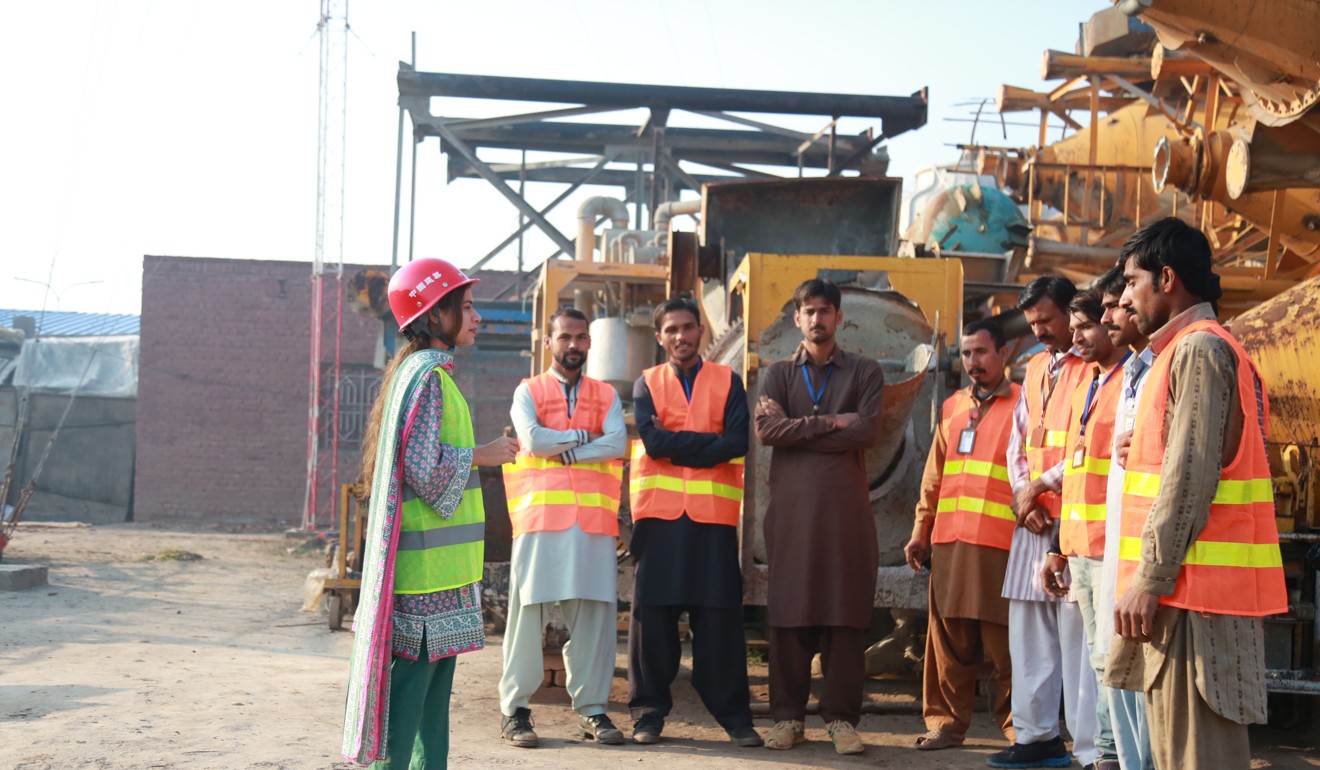After having second thoughts, several countries return to China’s belt and road plan
- ‘At the moment Pakistan does not have many better options’ than what Beijing is offering, official says
- Malaysia recommits to a long-stalled rail link project, but with a significantly reduced price tag

Some of China’s most important allies in its “Belt and Road Initiative” are back on board after a period of doubt and uncertainty, with some of these countries’ officials saying they “don’t have many options better” than Beijing’s ambitious drive despite the global concerns it has drawn.
The multibillion-dollar infrastructure plan has been the focus of scepticism from the United States and other Western countries that criticise it as “debt trap” and lacking transparency over Beijing’s geopolitical intentions behind the projects.
But in the past few months, many of the countries thought to be rethinking their involvement in the belt and road plan, including Malaysia and Pakistan, are coming back to reaffirm their commitments.
Malaysia announced on April 12 that it had signed a deal to proceed with the long-stalled East Coast Rail Link, a high-profile project under the belt and road umbrella, with the price tag significantly reduced to 44 billion ringgit (US$10.7 billion) from the original cost of 65.5 billion ringgit, and a realignment of routes.
The news is considered a public relations victory for China – just before it holds the second belt and road forum in Beijing next week.
“It’s a good deal for us,” a Malaysian official said of the new deal. “China is still our friend, and it’s the best choice to continue the projects.”
“It’s also a good image boost for China to show the world that it is flexible and willing to negotiate with other countries,” said the official, who requested anonymity.
The two countries were likely to resume their negotiations next month, he said, with Kuala Lumpur pushing for China to lower the interest rate and loan ratio of the project’s finances, and pressing its proposal that new townships be built along the route to boost the local economy.
In exchange for the resumption of projects, Mahathir has suggested that Malaysia could sell more palm oil to China. The official said the two countries were discussing the deal and were likely to sign something during Mahathir’s visit to Beijing.
Malaysia and neighbouring Indonesia, the world’s two biggest palm oil producers, have come under intense pressure following the European Union’s decision to stop considering the commodity a biofuel.
In March, the Malaysian government told local media that Beijing had agreed to bump up its palm oil purchases by 50 per cent to about 4.7 million tonnes.
Meanwhile, in Pakistan, since Prime Minister Imran Khan took office in August, there has been speculation that Islamabad might back away from the US$62 billion China-Pakistan Economic Corridor (CPEC) project.
One of his top officials, Abdul Razak Dawood, a cabinet member who advises Khan on commerce and industry, told the Financial Times in September that the new government would review all CPEC projects, saying that the agreements were unfair to Pakistani companies. Dawood later denied this and said his quotes had been taken out of context.

A Pakistani researcher who works for a government think tank said the China-led projects were still the best answer to the country’s crippling economic crisis.
“CPEC is becoming a lifeline to Pakistan’s economy. I don’t think Pakistan will compromise on CPEC projects,” said Yasir Masood, deputy director of media and publications at the Centre of Excellence for CPEC under Pakistan’s Ministry of Planning, Development and Reform.
“We have high hopes for CPEC projects,” he said. “At the moment Pakistan does not have many options better than CPEC.”
Masood said that since CPEC, Pakistan had seen a huge influx of foreign investment from countries like Saudi Arabia, Turkey, Malaysia, Qatar and Russia.
But Beijing’s increasing clout in Pakistan come at a time when Islamabad’s relations with its historic ally the United States are fraying over Pakistan’s handling of Islamic militants and the US war in Afghanistan.
Masood used the port of Gwadar, on the Arabian Sea in southwestern Pakistan, as an example of a missed opportunity for Western investment.
“Gwadar has been there since Pakistan’s inception 70 years ago. We had strategic partnership with the Western countries especially with the United States of America. But why has the US never tried to invest in Gwadar or use the potential of Pakistan?”
The strategic port in Balochistan province is now central to the China-Pakistan plan to link China’s restive far western region of Xinjiang.

Masood said the Chinese investment has helped spur Pakistan’s economic growth, as it transforms from a country that lacks foreign investment, industry development and sometimes even electricity.
Pakistan’s economy grew at the fastest pace in over a decade with a 5.8 per cent increase last year. But the World Bank has predicted a slowdown of the country’s GDP to 3.4 per cent this year and 2.7 per cent in 2020.
Naeem Zamindar, a state minister responsible for promoting foreign investment in Pakistan, said in April last year that some Western investors appeared to have been put off by what he sees as an incorrect perception that Chinese companies would get “exclusive advantages” and concessions that would not allow for an even playing field.
But Masood said the new Pakistani government was hoping that a host of special economic zones under CPEC and relocation of light manufacturing industries from China to the South Asian country could spur continued growth for Pakistan’s economy and address concerns that CPEC would not benefit local people.
“There were a lot of concerns from people that the people of Pakistan could not feel the trickle-down effect. So because of that, since the new government came, we are now entering the second phase of CPEC – the intention of the new government is to make CPEC a more friendly corridor,” Masood said, adding that the upcoming phase would focus more on improving living standards, addressing unemployment and alleviating poverty.
“China has undergone impressive economic reform since the 1970s,” he said. “That’s the same future we want to witness in Pakistan, and that’s what China is offering to Pakistan through CPEC.”